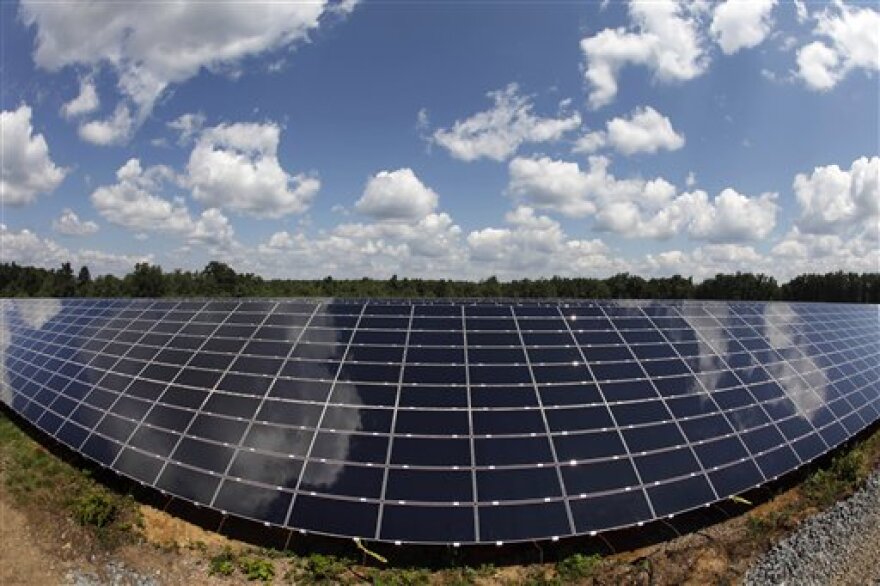Pennsylvania’s renewable energy goals are set to plateau at the end of the month.
Advocates say that will slow down the clean energy industry, costing the state jobs and investments that could help in the post-pandemic recovery.
Pennsylvania’s Alternative Energy Portfolio Standards Act of 2004 set a series of targets for electricity generated by a range of sources, from solar to waste coal.
Utilities are slated to meet the final goal of buying 8 percent of their electricity from renewable sources, with half a percent coming from solar, by May 31.
The legislature could increase the goals, and by doing so, spur investment in renewables.
But though bills to raise the standards have been introduced in the House and Senate, none has been called up for a hearing or a vote. Republican leaders did not respond to questions about whether they would consider the bills.
The flatline is causing uncertainty across the solar industry, said Sharon Pillar, executive director of the Pennsylvania Solar Center, a nonprofit that aims to help people and businesses switch to solar.
Once the state has more than enough solar to meet its goal, she said, prices for renewable energy credits will go down, which can deter companies hoping to install grid-scale projects and people considering solar on their homes. Pillar said 30,000 solar owners have seen their credits shrink, so it’s taking them longer to pay back their initial installation cost.
Because renewable energy costs have plummeted in recent years, Pillar said diversifying energy sources will help lower bills for everyone.
“Once we get to five percent solar on the grid, that shifts down the cost of energy for everybody, even if they don’t have solar,” she said.
Pillar is part of the Renewables Work for PA coalition, which is calling for 18 percent renewable energy by 2025, with 5.5 percent coming from solar. She said the growth in solar alone could create 50,000 jobs over five years.
Scott Elias with the Solar Energy Industries Association (SEIA) said failing to raise the standards will send a signal that Pennsylvania is a less desirable place to build solar than its neighbors. Both New Jersey and Maryland are shooting for 50 percent renewable energy by 2030.
“Without continuing the gradual increase of the solar carve-out, Pennsylvania is going to lose jobs and miss out on the economic development and electric bill savings that consumers in other states are experiencing,” Elias said.
SEIA and its members are pushing for a smaller goal: 2.5 percent distributed generation, or rooftop, solar by 2030. Elias said that target seems more politically feasible in Pennsylvania.
In an interview with StateImpact earlier this year, Senate President Pro Tempore Jake Corman (R-Centre) indicated the legislature wouldn’t prioritize updating the AEPS.
“Ultimately, the consumers and the private sector decide by the private sector producing products that the consumers want,” Corman said.
Supporters say raising the goals would help address climate change by reducing greenhouse gas emissions.
Sen. Steve Santarsiero (D-Bucks), who’s sponsoring a bill to raise the standards to 30 percent renewables by 2030, said he hopes moves by the Biden Administration can influence the conversation in Pennsylvania. Another bill co-sponsored by Sen. Daniel Laughlin (R-Erie) and Sen. Art Haywood (D-Montgomery) calls for 18 percent renewable energy by 2026.
President Joe Biden is calling for a Clean Energy Standard that would eliminate carbon pollutants from the power sector by 2035.
This story is produced in partnership with StateImpact Pennsylvania, a collaboration among WESA, The Allegheny Front, WITF and WHYY.




